The Chain Bridge was rebuilt completely between 1913 and 1915. Only the stone pillars, the toll booths and its famous lions remained unchanged. The bridge built opened in 1849 was almost completely replaced, and in the Autumn of 1915 passers-by were surprised to see a new inscription on the Buda bridgehead: Széchenyi Lánchír, or Széchenyi Chain Bridge. Pesti hírlap reported on the issue on 5 October 1915.
"Those making their boat journeys between Buda and Pest in past few days, have seen the new inscription on the stone wall on the Buda side, with the name: Széchenyi Chain Bridge. Thus, everyone now knows that the bridge has received a new name, and will start its new future under this name."
Why was this inscription so special? Until 1915 the bridge simply had no name. In writing it was even spelt in the lower case, simply as the chain bridge.
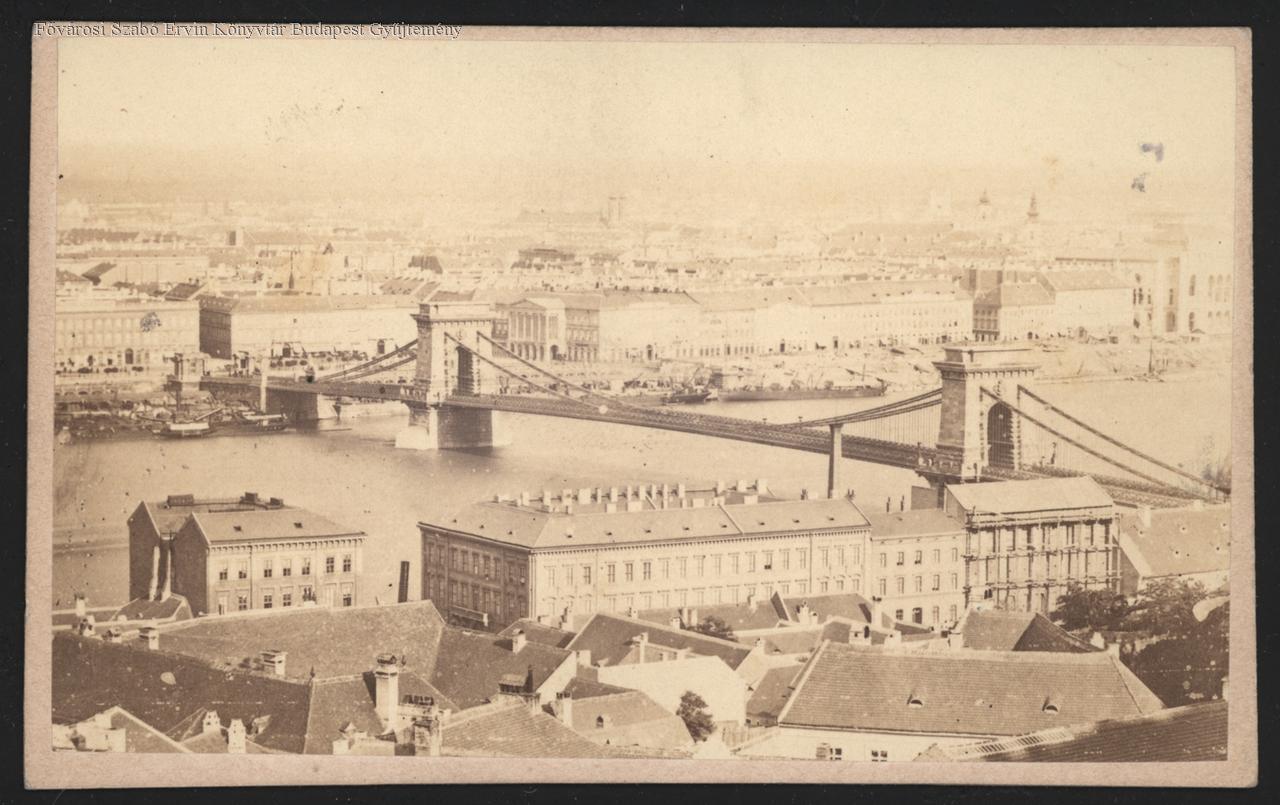 The bridge with no name in 1865 (Photo: FSZEK Budapest Collection)
The bridge with no name in 1865 (Photo: FSZEK Budapest Collection)
This is simply because the term chain bridge denotes any bridge which is suspended from chains. In the 1840s the bridge was referred to as chain bridge or simply as the bridge, as there were no others around it, meaning it did not need a name. When Margaret Bridge was completed, everyone was accustomed to calling it Chain Bridge, and it did not occur to anyone to give it an official name, until the 1890s.
In the 1890s several works on Széchenyi's life recounted an episode from 24 August 1842, when Lajos Kossuth had suggested the completed bridge be named after the Count. While it garnered some support, Széchenyi himself was the most vehemently opposed to it, as he saw a political trap lain by his rival in the idea.
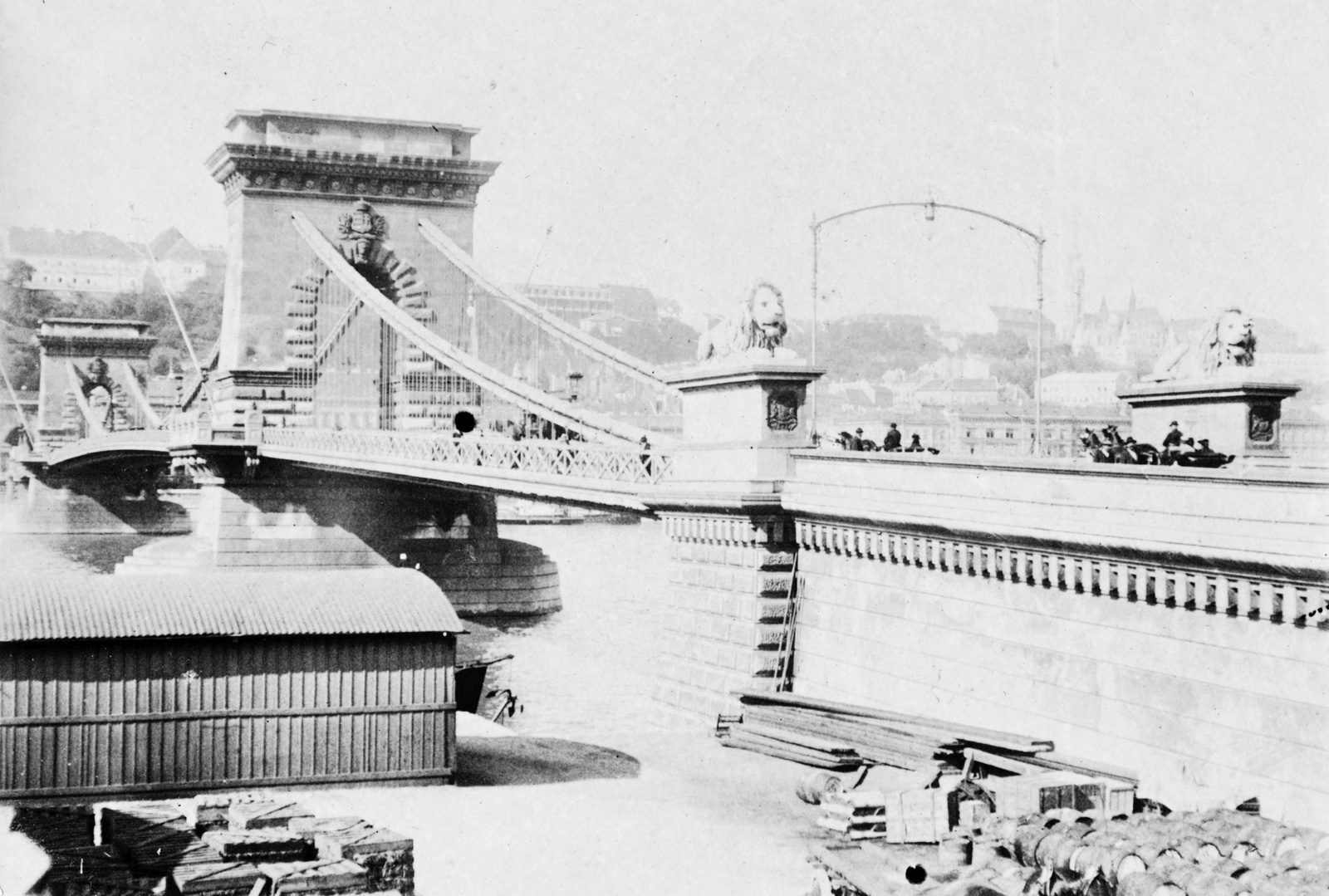 Giving the bridge a name was discussed in 1901, but officials did not support the plan (Photo: Fortepan/No.: 59736)
Giving the bridge a name was discussed in 1901, but officials did not support the plan (Photo: Fortepan/No.: 59736)
This József Hubernay proposed the bridge be named in 1970, and several people supported the idea in 1896.
A DDSG barge captain, Károly Ebeling, was especially active in advocating renaming. (Sadly the captain never saw his proposal realised, as he was the first Hungarian casualty of World War I, despite being a civilian. After war was declared, Serbians opened fire on his barge as it travelled along the Souther Danube, and the captain was killed.)
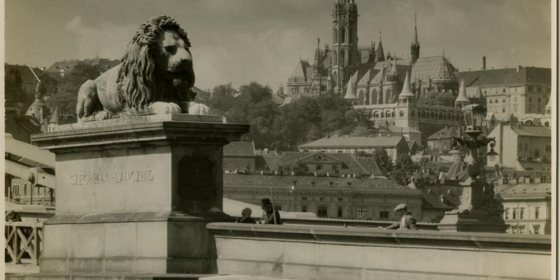
The lions of the Széchenyi Chain Bridge in 1930 (Photo: FSZEK Budapest Collection)
Further voices joined the calls to rename the bridge. In 1899, on the 50th anniversary of the bridge's opening, Kornél Zelovich, a respected engineer, gave a lecture at a ceremonial meeting of the Hungarian Society of Engineers and Architects, in which he also supported the bridge being named after Széchenyi.
The opening of Elizabeth Bridge resulted in a situation when there were two chain bridges in Budapest. Yet, even this did not lead to progress in the matter.
Two years later, a foundation set up to formally care for Széchenyi's remembrance requested that the bridge be named after the Count. The request was forwarded to the Ministry of Finance.
However, the Ministry rejected the proposal, citing that the name Chain Bridge was simply so well known, that renaming it would cause nothing but disruption.
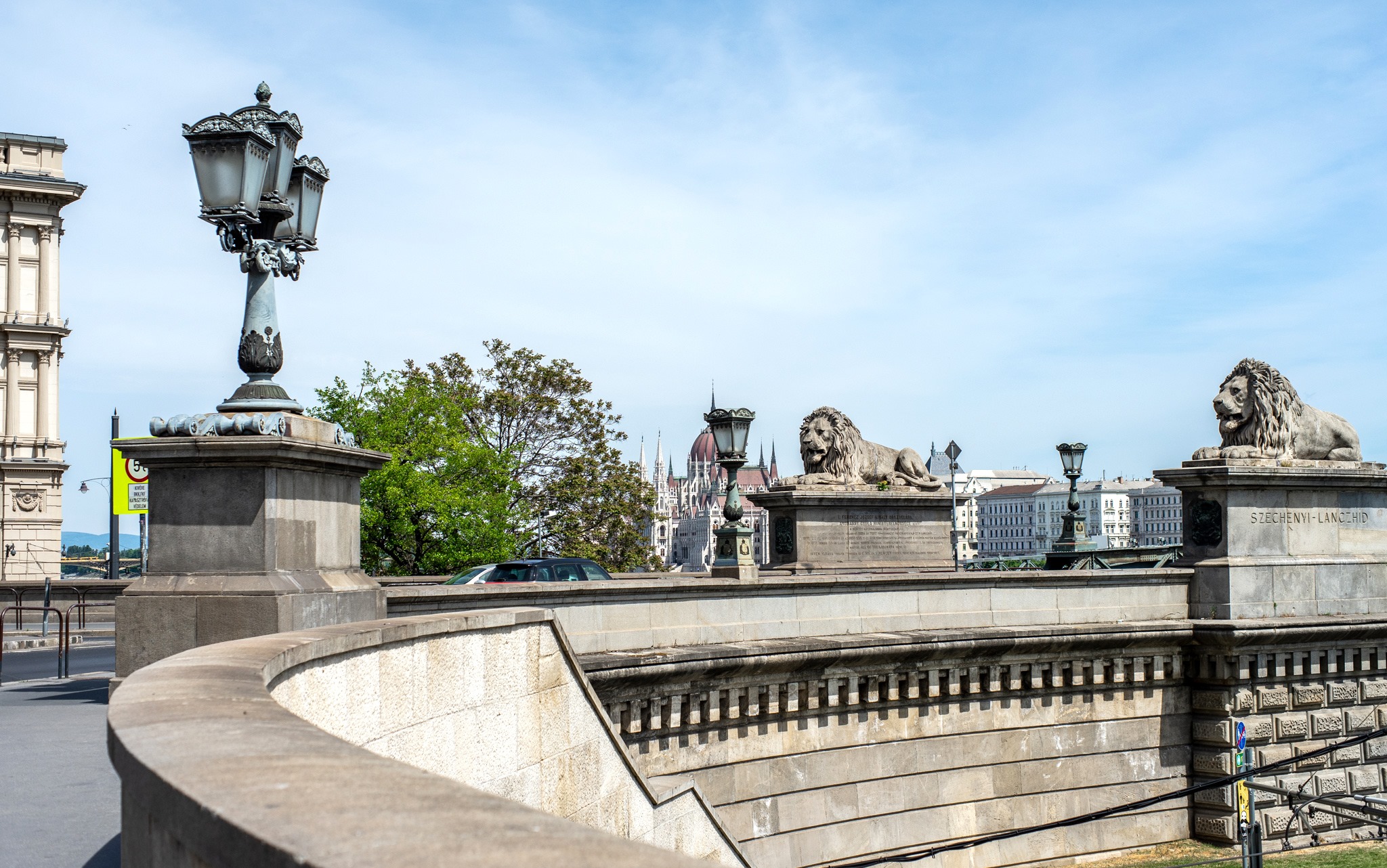
The chain bridge has been called Széchenyi Chain Bridge since 1915 (Photo: Balázs Both/pestbuda.hu)
But then why was the bridge given a name in 1915? The war was underway at the time, and no large scale opening ceremony was organised. The Ministry may have also feared that the population dislike the image of the new bridge and hoped to connect the new and old structures through the name.
In any case, the Ministry did not align with any other parties on the name, it was not leaked in the press, and no name giving ceremony was held. The name was simply carved into a stone wall on the bridgehead. The article in Pesti Hírlap quoted above wrote:
"The name-giving has been carried out in silence, not allowing those with ideas and proposals pouring out of their elbows to raise their voices on the issue."
With this, the article’s author was referring to a series of proposals to name the bridge after princes, archdukes, or princesses. It may be that the Ministry had hoped to avoid these debates with the silent decision.
Cover photo: A beautiful bridge which had no name (Photo: Balázs Both/pestbuda.hu)

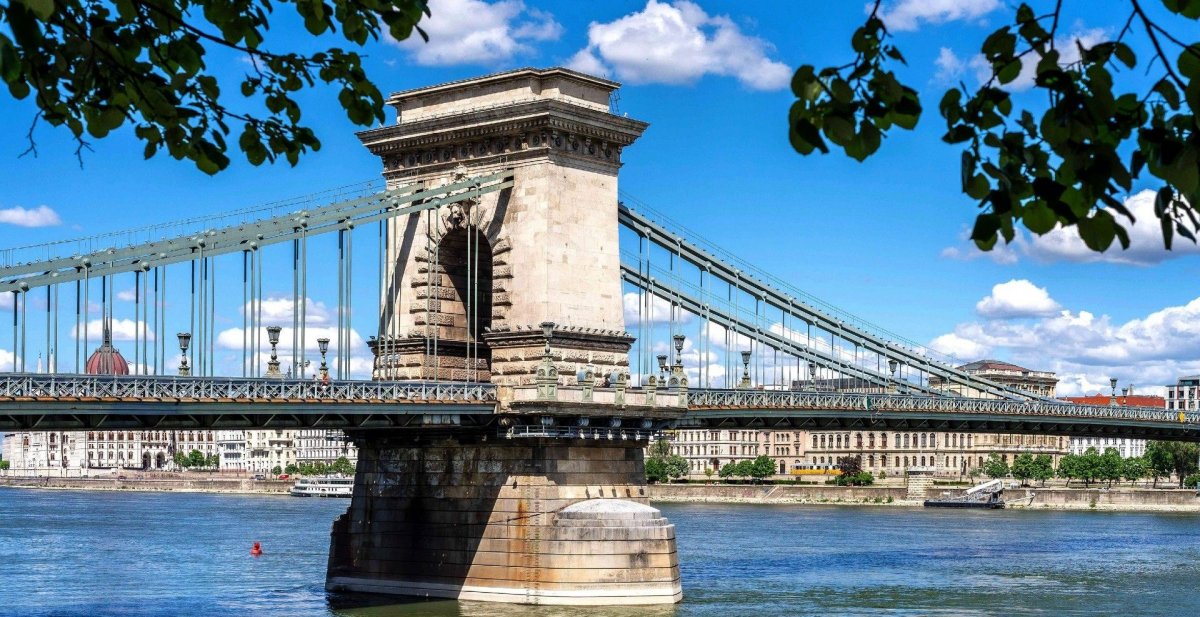


































Hozzászólások
Log in or register to comment!
Login Registration